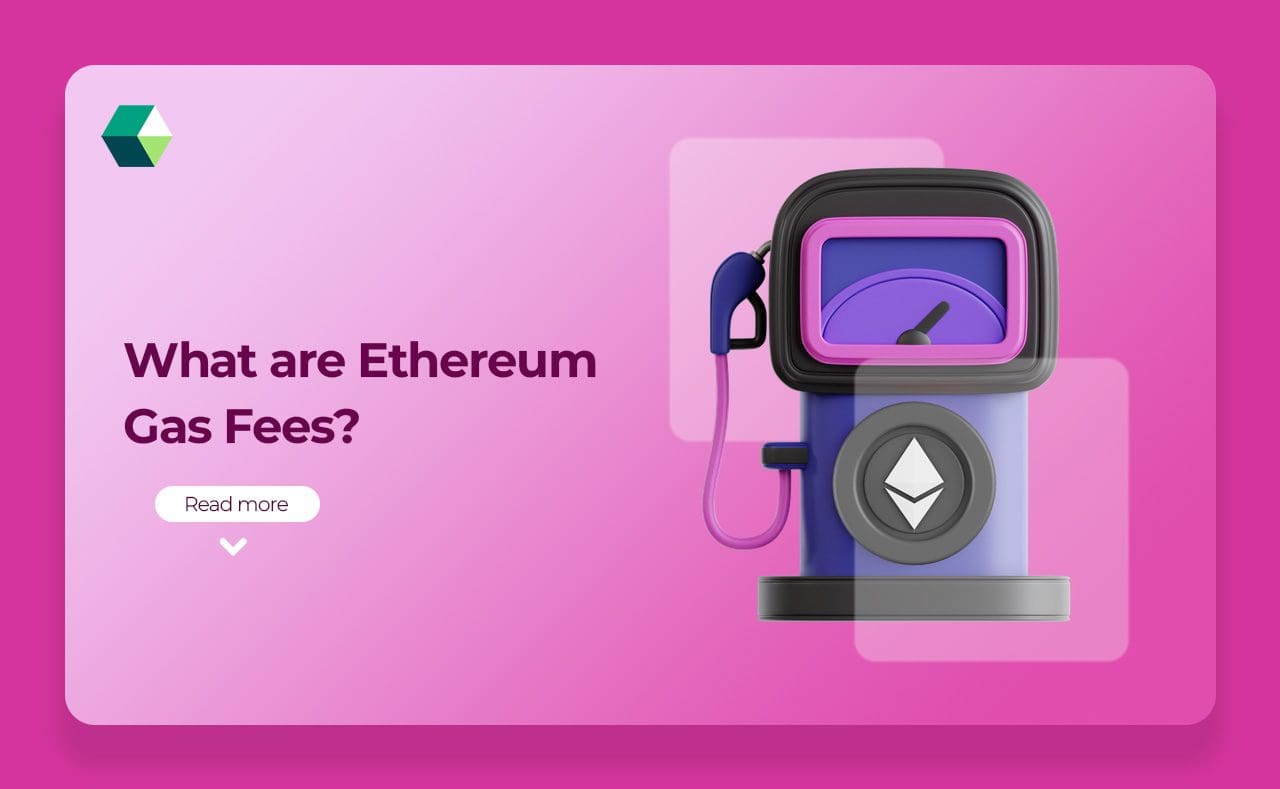
Ethereum is a groundbreaking platform in the world of Blockchain Technology, known for its capability to facilitate smart contracts and Decentralized Applications (dApps). However, one aspect of Ethereum that often confuses newcomers is the concept of gas fees.
What Is Ethereum Gas?
Ethereum Gas is a unit that measures the amount of computational effort required to execute operations on the Ethereum network. Gas is not a physical entity but a concept used to allocate resources for processing transactions and smart contract operations. Each operation in the Ethereum Virtual Machine (EVM) has a gas cost associated with it, and these costs are paid in Ether (ETH), the native cryptocurrency of the Ethereum network.
What Are Ethereum Gas Fees?
Ethereum gas fees refer to the cost paid by users to compensate for the computational energy required to process and validate transactions and Smart Contracts Development on the Ethereum blockchain. These fees are expressed in Gwei, which is a denomination of Ether. One Ether equals one billion Gwei.
Components of Gas Fees
Gas fees consist of two main components:
-
Gas Price
This is the amount of Ether a user is willing to pay per unit of gas. It is usually determined by the current network demand.
-
Gas Limit
This represents the maximum amount of gas a user is willing to spend on a transaction. Higher gas limits are necessary for complex smart contracts and transactions.
How Do You Calculate Gas Fees?
To calculate Ethereum’s Gas Fees , you need to multiply the gas price by the gas limit. The gas price is the amount of Ether (ETH) you are willing to pay per unit of gas, expressed in Gwei, which is a denomination of Ether (1 Ether = 1 billion Gwei). The gas limit represents the maximum amount of gas you are willing to spend on a transaction or smart contract execution.
For example, if you set a gas price of 20 Gwei and a gas limit of 21,000, the total gas fee would be calculated as follows: multiply the gas price (20 Gwei) by the gas limit (21,000), resulting in 420,000 Gwei. To convert this to Ether, divide by 1 billion, which gives you 0.00042 ETH. This calculation determines how much you will pay for the computational resources needed to process and validate your transaction on the Ethereum network.
How Do Gas Fees Work on the Ethereum Blockchain?
Gas fees on the Ethereum Blockchain function as a payment mechanism to compensate miners for processing and validating transactions and executing Smart Contracts. When a user initiates a transaction or a smart contract operation, they specify a gas price, which is the amount of Ether they are willing to pay per unit of gas, and a gas limit, which is the maximum amount of gas they are prepared to spend.
Transactions are then placed in the Mempool, where miners select and prioritize them based on the offered gas price. The higher the gas price, the more likely a transaction will be processed quickly. Once a transaction is included in a block, the gas fee is paid to the miner who added the block, ensuring that they are compensated for the computational resources and energy required to validate and execute the transaction. This system not only incentivizes Miners but also helps maintain the network’s security and efficiency.
Why Are ETH Gas Fees High?
-
Network Congestion
High demand and increased activity on the Ethereum Network, such as during major dApp launches or trading surges, lead to congestion. This competition for transaction space drives up gas prices as users bid higher to have their transactions processed faster.
-
Transaction Complexity
Transactions involving complex smart contracts require more computational resources than simple ETH transfers. This complexity increases the gas limit needed, resulting in higher gas fees.
-
Speculative Trading
During periods of high speculative trading or Initial Coin Offerings (ICOs), the network experiences spikes in transaction volume. Traders often pay higher gas fees to ensure their transactions are included quickly, further inflating overall gas prices.
-
Limited Throughput
Ethereum’s current infrastructure has a limited capacity to process transactions per second. This limitation, combined with high demand, leads to bottlenecks that cause gas fees to rise as users compete for transaction priority.
How Does the Ethereum Merge Affect Gas Fees?
The Ethereum Merge, which transitioned the Ethereum network from Proof of Work (PoW) to Proof of Stake (PoS), primarily aimed to enhance energy efficiency and network security. While the immediate impact on gas fees was minimal, the Merge is a significant step towards future scalability improvements.
By shifting to PoS, the Ethereum network has laid the groundwork for subsequent upgrades like sharding, which are expected to improve transaction throughput and reduce network congestion. These advancements are anticipated to have a positive effect on gas fees over time.
For those engaged in Ethereum Blockchain Development, the Merge represents a foundational change that will contribute to a more scalable and efficient network, potentially leading to lower gas fees as the Ethereum ecosystem continues to evolve and address existing limitations.
Why Choose Nadcab Labs for Ethereum development?
Nadcab Labs is an excellent choice for Ethereum Development because we offer comprehensive services tailored to your needs. Our expertise includes creating and deploying smart contracts, optimizing gas usage, and integrating scalable solutions. We ensure that your Ethereum projects are efficient, cost-effective, and aligned with the latest advancements in blockchain technology.






